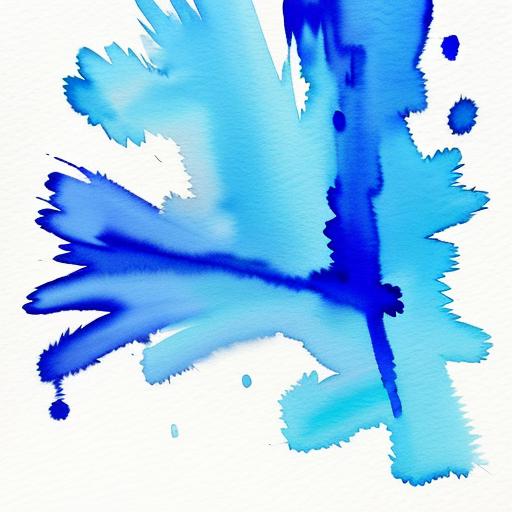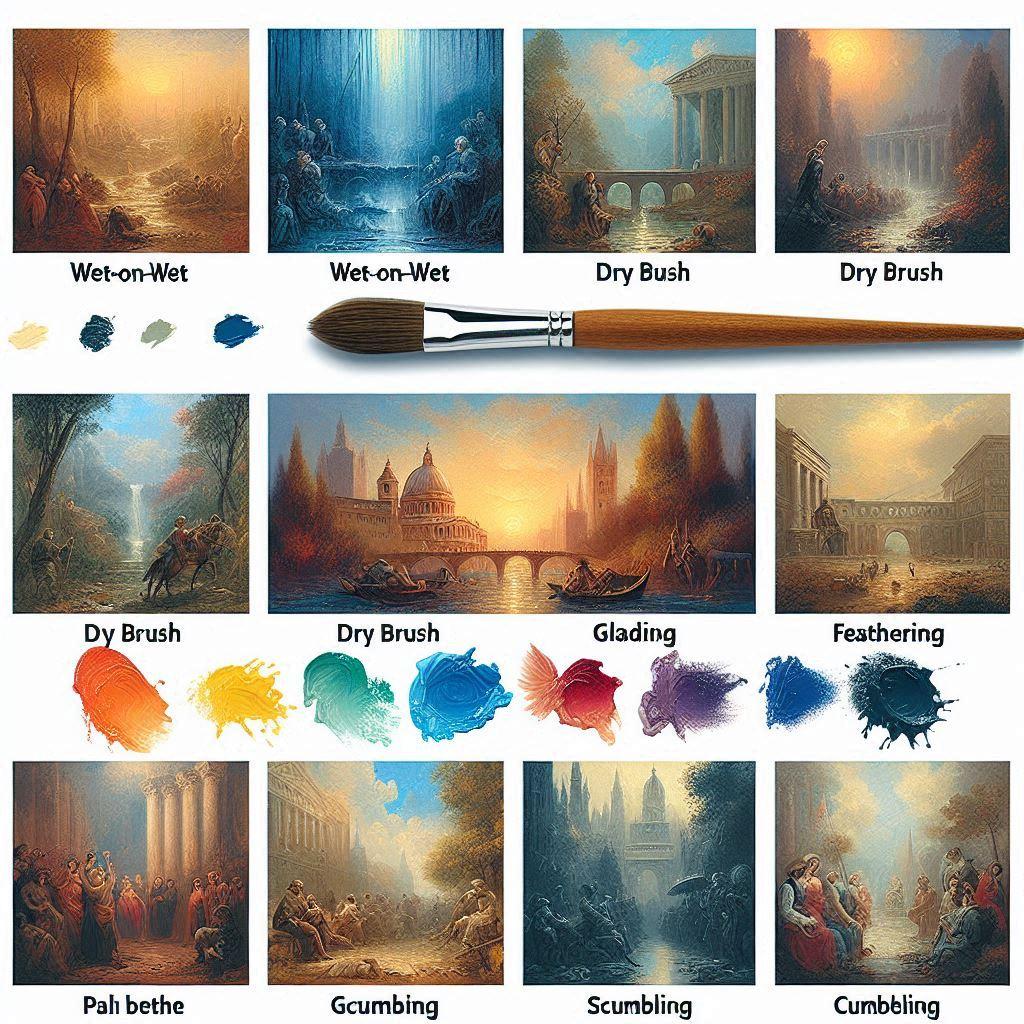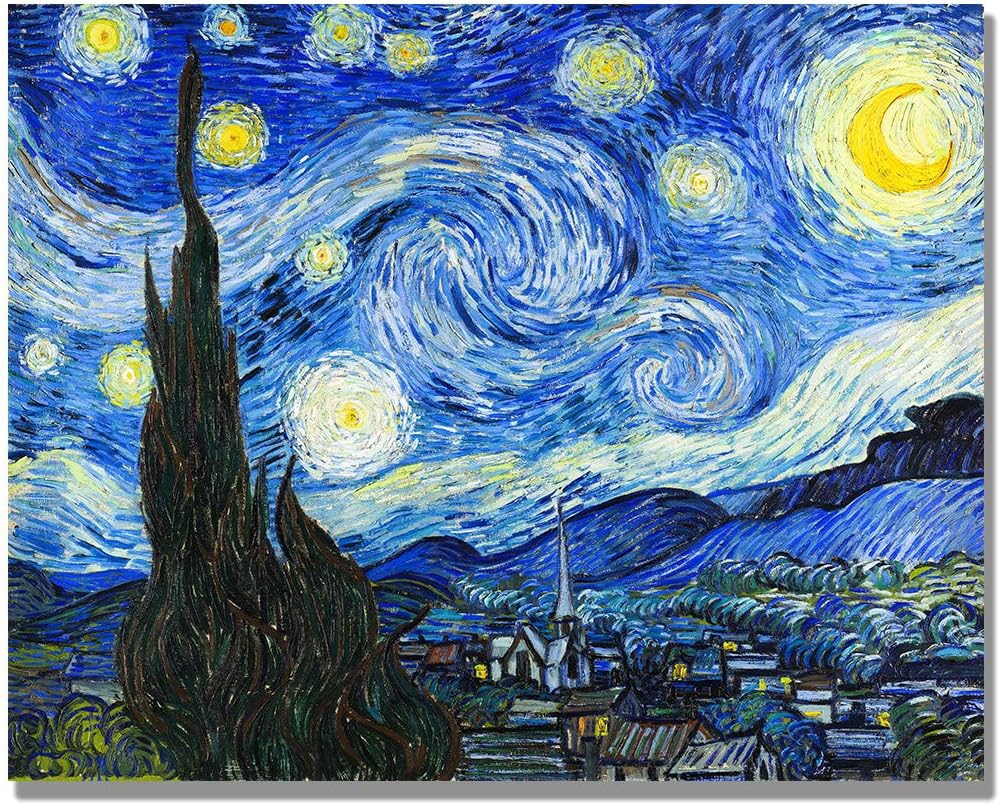Ever stood before a blank canvas, brush in hand, and felt a twinge of uncertainty? You’re not alone. Many aspiring artists grapple with the challenge of translating their vision into compelling brush strokes. But here’s the thing: mastering brush stroke techniques isn’t just about creating pretty pictures—it’s about finding your unique voice in the vast world of art.
The Power of the Brush: More Than Just Paint on Canvas
Brush strokes are the heartbeat of a painting. They’re not just marks on a surface; they’re the artist’s emotions, thoughts, and style made visible. Think about it: have you ever looked at a Van Gogh and felt the energy pulsing through those swirling strokes? That’s the magic we’re after.
But let’s be real—achieving that level of expression isn’t always easy. Maybe you’ve struggled with creating depth in your paintings, or perhaps your strokes lack the fluidity you’re aiming for. These are common hurdles, but with the right techniques and a bit of practice, you can overcome them.
Types of Brush Strokes: Your Artistic Vocabulary
Just as a writer has words, an artist has brush strokes. Let’s break down the main types:
1. Freehand Brush Strokes: Dancing with the Canvas
Freehand strokes are all about letting your hand lead the way. Remember those flowing lines in Japanese Ukiyo-e prints? That’s freehand mastery at work.
Technique Tip: Hold your brush loosely and let your wrist guide the movement. Practice creating shapes without lifting your brush from the canvas.
2. Brush Strokes with Volume: Adding Depth to Your Art
These strokes are the secret sauce of romanticism and baroque styles. They’re all about creating illusions of depth and texture.
Technique Tip: Layer your colors, building from light to dark. Don’t be afraid to let some of the underlying layers peek through.
3. Gestural Brush Strokes: Capturing Energy on Canvas
Think of the bold, dynamic strokes in expressionist paintings. These strokes are all about conveying movement and emotion.
Technique Tip: Use your whole arm to make sweeping motions. Feel the energy of the subject you’re painting and let that guide your hand.
Tools of the Trade: Choosing Your Weapons
Your brush is your most important tool. Here’s a quick rundown:
| Brush Type | Best For | Characteristics |
|---|---|---|
| Round | Details and fine lines | Pointed tip, versatile |
| Flat | Bold strokes and washes | Straight edge, good for sharp lines |
| Filbert | Blending and soft edges | Rounded tip, combines flat and round |
| Fan | Blending and textures | Spread bristles, creates unique marks |
Remember, the right brush can make all the difference. It’s like choosing the perfect dance partner—when you find the right match, everything just flows.
Mastering the Brush: Techniques to Elevate Your Art
Understanding Brush Control: The Art of Pressure and Angle
Ever noticed how changing the pressure on your brush creates different effects? That’s brush control in action. It’s not just about how hard you press, but also the angle at which you hold your brush.
Practice Exercise: Try creating a single stroke that goes from thin to thick and back to thin. This will help you master pressure control.
Color Application: Mixing Magic
Mixing colors isn’t just about creating new hues—it’s about bringing life to your paintings. Whether you’re blending on the palette or directly on the canvas, the way you apply color can dramatically affect your brush strokes.
Tip: Don’t be afraid to mix colors directly on the canvas. This can create beautiful, unexpected results that add depth to your work.
Movement and Body Mechanics: Your Whole Body is the Brush
Painting isn’t just about your hand—it’s a full-body experience. Your wrist, arm, and even your torso play a role in creating fluid, expressive strokes.
Exercise: Stand in front of a large piece of paper and practice making sweeping strokes using your entire arm. Feel how different body movements translate to different marks on the paper.
Practice Makes Progress: Developing Your Unique Style
Remember, mastering brush strokes is a journey, not a destination. Every stroke you make is a step towards finding your unique artistic voice. Don’t be discouraged if your early attempts don’t look like the masterpieces you admire—even the greats started somewhere.
Challenge: Set aside 15 minutes each day to experiment with different brush stroke techniques. Over time, you’ll see your control and confidence grow.
Conclusion: Your Brush, Your Voice
Brush strokes are more than just techniques—they’re your artistic fingerprint. As you practice and experiment, you’ll develop a style that’s uniquely yours. Remember, there’s no “right” way to paint. The most important thing is to keep exploring, keep creating, and keep expressing yourself through your art.
So pick up that brush, face that canvas, and start making your mark on the world of art. Who knows? Your next stroke could be the beginning of your masterpiece.



